By Kieron Gillen, Jamie McKelvie, Stephen Thompson, Mike Norton, Matthew Wilson; Marvel Comics
Young Avengers! What is there to say that I haven't said already? The comic is clever, beautifully drawn, and full of draw dropping, medium challenging moments. It's a great comic that I like a lot. Young Avengers #13 contains the climatic scenes in a long running comic and, in the proud YA tradition, contains some pretty exciting story which is told using some astonishing comics. It also contains some more fodder for my critical theory of Young Avengers. So this post is going to take a look the innovative layouts in the comic, then change gears and do some meta-commenting.
There will of course be intensive *SPOILERS* for Young Avengers #13 and the series as a whole in this post.
Part of the magic of Young Avengers is how effectively team YA uses colours and iconography to quickly and obviously convey story information. This scene here, shows the climatic reconciliation of Teddy and Billy which serves as the inspiration Billy needs to go full Demiurge (translation for the non-YA fan: Get really, really powerful). This power up is represented entirely through colour and shape: the star has been a recurring shape associated with Billy's use of power and the red-shifted space scenes are the colours of Billy's costume and power. This giant, page commanding Billy-coloured star tells everything we need to know about the moment. Which is pretty great.
(Also, D'awwwww.)
(It's also a pretty great visual representation of what comics creators literally do: with their hands they create and manipulate the very panels of (comics) reality.)
And this is the climax of the climax of the comic and such a cool page hat it would be criminal not to take a look at it. From a story perspective this double page spread shows Demiurge-Billy looking at the recent shape of history/reality and musing about whether he should use his amazing new power to change the past to improve it. And, beyond any of the clever metaphorical or smart process choices on the page, this is just an oh my god amazing bit of comics. Look at it and embrace the awesome. Beyond being wicked cool, this page is also an insanely smart way to portray the concept of a being with godlike powers over reality in a comic. Again and again the Young Avengers has portrayed "reality" within the comic as conventional comics, normal looking panels and magic as the ability to affect these panels in interesting and rule breaking ways. And what could be more rule breaking than a character stepping outside the comic and reading his reality? What could be more powerful than the ability to reach in and rearrange and edit the panels, the reality building blocks, of the Young Avengers world? In the context of comics the creators are gods, and in this layout Billy is endowed with the perspective and power of them in a very visually dynamic way. It is amazing comics.
It's also technically great comics. The way the panels sit in the background is incredible, and the way Billy interacts with them, sliding the last panel of the previous page into place, and then maybe undoing the panels of the very beginning of the story are really great touches. We also see the repeated Demiurge-star motif with it's Billy-colour which is a great continuing symbol for Billy in godmode. But I think my favourite thing about the page is how effectively it leads us through the page. Practically speaking we have Billy swooping a complex zig-zag around a page with no borders or obvious sequence indicators in the foreground (and a sea of unrelated panels in the background). This could be a super confusing page to navigate. But a combination of Billy's perspective (he looks at the next Billy location), word balloons, and the trail of white/blue speckles provide all of the visual information to make moving through the page super simple. It's the basic machinery that makes this complicated, beautifully experimental page work in a way that is completely effortless.
Oh and before I get to the meta-stuff, I just kind of want to point out how great the multicoloured blood is on Miss America here. The literal in story reason for it is that America has been punching the hell out of a aliens and mutants and monsters that bleed all kinds of different colours. But because Young Avengers is unapologetically meta, these colours, I think, have a dual role. I think they are meant to represent America punching comic characters so hard the artwork breaks. That the multicoloured splatter is not much blood, but the very INK of her foes torn from the page because she punched them so damn hard. Regardless, Miss America Chavez is a badass and this is a pretty sweet panel.
Alright. Now the meta stuff. I have a theory about Young Avengers that centres around the idea that Loki is a stand in for the creators of the comic. (Part 1 of the theory is here, and Part 2 can be read here.) He is a reality and character manipulating liar god that wants to control the team for his own ends and is manipulating Mother (a stand in for the audience) for control of reality (the comic). And this issue has lots of fodder to fuel this theory:
Like he admits that he is behind the events of the series and that he is "improvising" the "tune" that the other characters are "dancing along" to. And that his interest was to "control the dance steps" of the "rules of magic". I mean, it isn't explicit, but pretty close, eh?
And then after Loki confesses to his guilt/involvement in manipulating events his subconscious stops generating the League of Evil Exes. Which, if you look at it in a certain way, is Loki writing the villains out of the story.
We get to see Loki make silly/quippy wordplay at an inopportune time which is such a comic writer move. (Also, think about this in the most meta way possible: Gillen had Loki do silly word play, then Gillen went something like "Gee that was quite silly for this dramatic moment" and then decided to have Loki point out that what was just said was too silly. Magnificent.)
And in the end Loki writes himself out of the story.
Maybe at the end of the day that is the point of the meta-commentary on authorship in Young Avengers. Maybe the point is the creators need to take themselves out of the story (like Loki), with their goals and egos and needs, and just let the characters tell their own story (like Billy taking control of reality). That by letting the characters tell their own story the audience (Mother) can finally be defeated and by removing the creators from the story, critics (Leah) can also be sidestepped. And maybe this is the thematic conclusion of the Young Avengers story. Maybe...
Also, ZOMBIE KATE BISHOP!
Previously:
Favouring The Young Avengers #12 (pt. 2)
Favouring The Young Avengers #12 (pt. 1)
Favouring The Young Avengers #11
Favouring The Young Avengers #10
Favouring The Young Avengers #8
Favouring The Young Avengers #7

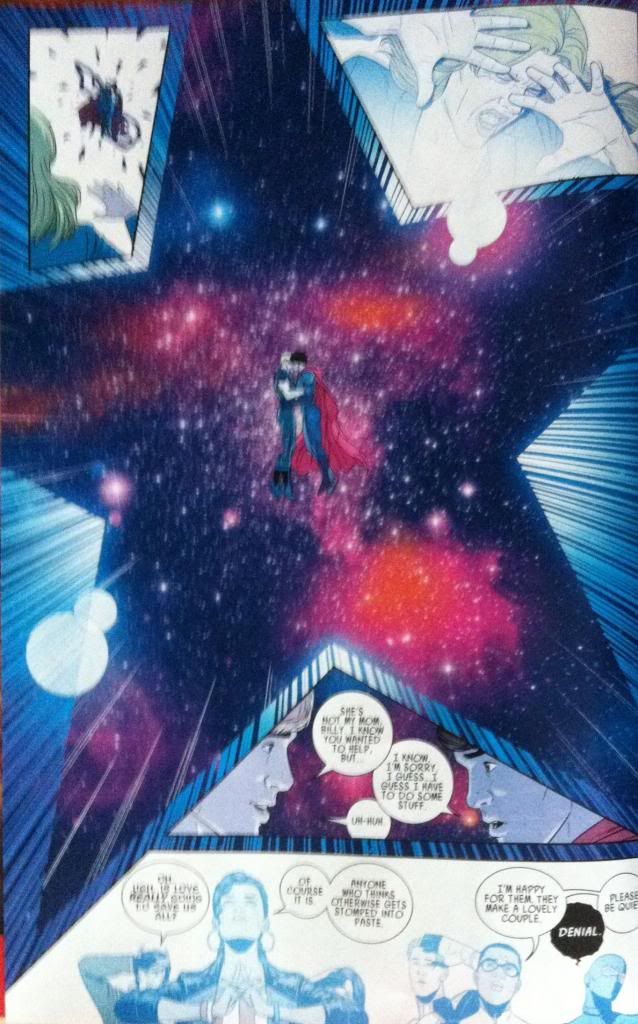
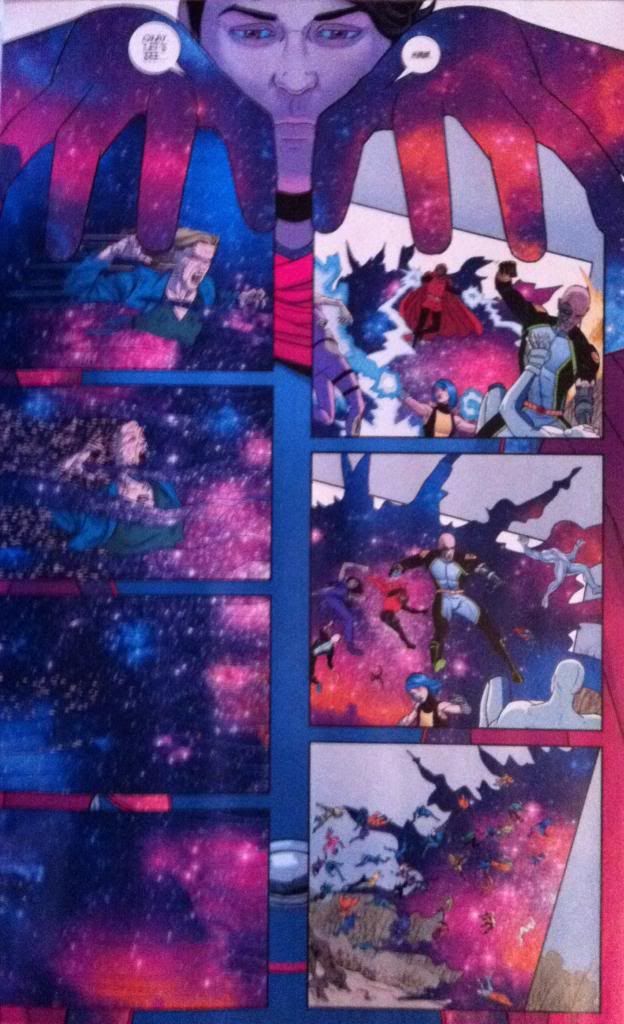

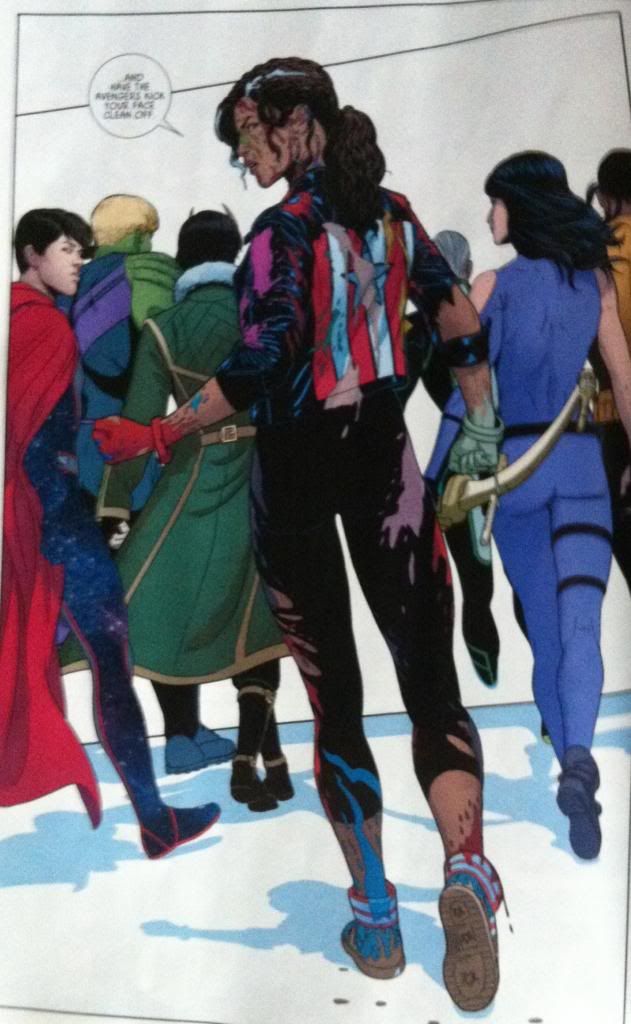
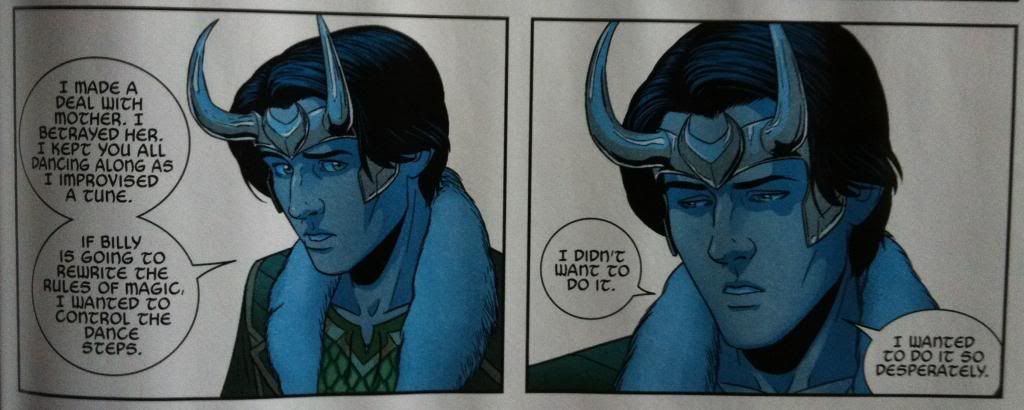
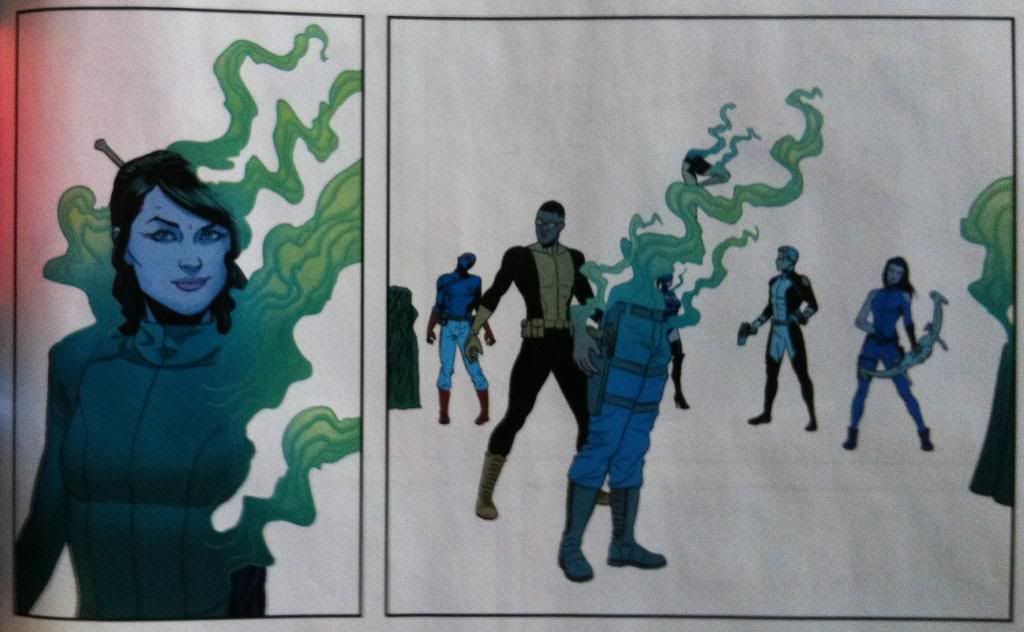

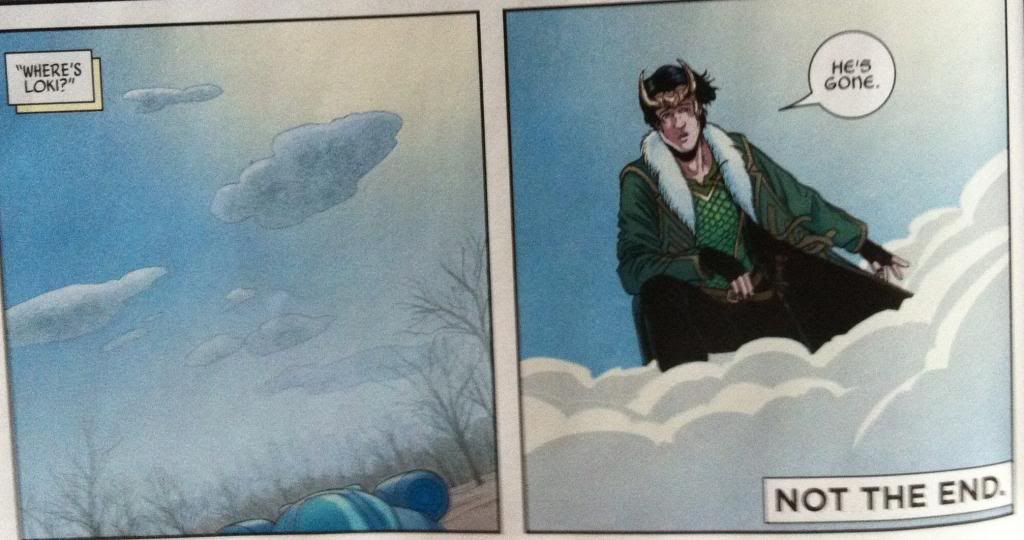
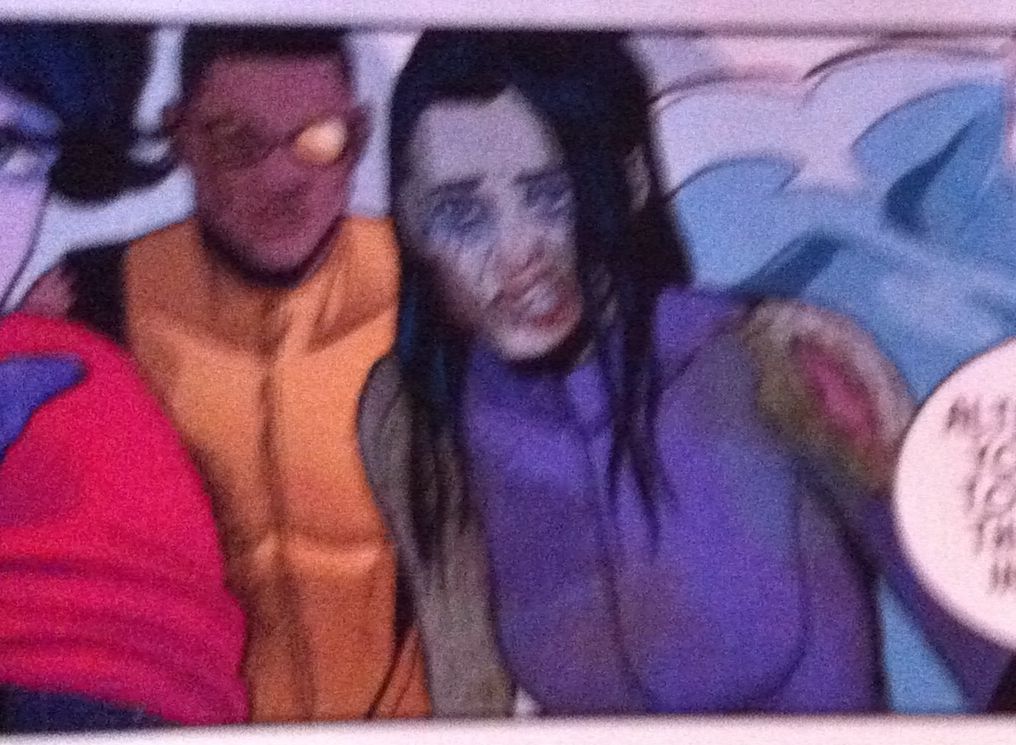
No comments:
Post a Comment